How to Make a Family Cookbook That Will Be Treasured Forever (The Easy Way)
Inside: How to make an heirloom family cookbook that everyone will cherish. Turn random recipe collections into something meaningful (and practical!)
You know those cherished family recipes scattered all over the place? In old recipe boxes, scribbled on scraps of paper, or saved in random emails and texts?
This year, let’s start a fun project to gather them and make a family recipe book that will be passed down for generations to come.
heirloom homemaker email course
A 5-day series straight to your inbox to help you create a beautiful home life.
No logins, no guilt, no overwhelm.
Promise.
I promise to keep your email address safe. Unsubscribe at any time
Step 1: Round up All Those Family Recipes
First things first, you need the recipes. It’s time to put on your detective hat and go searching. Everyone has some good recipes. Everyone!
First, decide where you will store what you find. I recommend a folder on your computer. When you get a recipe, put it there. I like to use the Adobe Scan app so I can grab easy-to-read copies of handwritten pages.
You just use your phone to scan and send a copy to your computer. When you open it up, it looks like this:

If you don’t want to use the scan app, you can take pictures with your phone, but it’s harder to read them, and they tend to get lost in your camera roll.
- Check old recipe boxes and binders. Start by dusting off those old recipe boxes and binders that have been passed down through the generations. You might find handwritten cards with your grandma’s secret ingredient or a yellowed newspaper clipping with your great-uncle’s famous chili recipe. These are the gems that will make your family cookbook truly special.
- Ask relatives to share their favorites. Next, reach out to your family members and ask them to share their favorite recipes. You might be surprised by the hidden talents in your family tree! Uncle Joe’s killer barbecue sauce? Cousin Sarah’s to-die-for chocolate cake? Get them all.
- Gather recipes from texts and emails. Don’t forget about the digital things you’ve saved. Check your texts, emails, and social media messages for any recipes that have been shared over the years. You might find a screenshot of your sister’s famous guacamole or a link to your brother-in-law’s legendary lasagna.
Step 2: Decide on Your Format
Now that you’ve gathered all your family’s culinary treasures, it’s time to decide on the style of your recipe book. There are a lot of options here, and the prices will vary a lot.
Designed PDF with Canva: Canva is a user-friendly graphic design platform with plenty of cookbook templates for creating a visually appealing compilation of recipes.

- You can type recipes directly, upload photos, and customize layouts and colors.
- Offers the ability to print or share your cookbook digitally.
Scanned Recipes in a Word Processor: A simple approach using technology:
- Scan handwritten recipe cards or pages.
- Use a word processor like Google Docs or Microsoft Word to type or paste the scanned recipes.
- Insert scanned images of the original recipes for a touch of nostalgia.
Professional Design and Printing: For a high-quality finished product:
- Work with a graphic designer to create a custom layout, fonts, and graphics.
- Choose a printing service for professional cookbook production, potentially including hardcover options.
Recipe Book Creation Websites: Specialized platforms make cookbook creation easy:
- Websites like The Family Cookbook Project will do all the work for you, you just provide the recipes.
- This is an easy and professional-looking option, but by far the most expensive .
Create a Family Website or Blog: A platform to house recipes and cherished stories.
- Use a blogging platform like Wordpress or Blogger to share recipes.
- Include photos of dishes, anecdotes, and family members connected to the recipes to make it interactive and engaging.
Handwritten and Bound Cookbook: A sentimental and unique approach:
- Purchase a blank recipe book or journal.
- Encourage family members to write their cherished recipes directly into the book.
- Include photos, drawings, or other notes for personalization.
Step 3: Add Some Extra Touches
Include old photos and memories. Dig through those old photo albums and find some classic pictures of your family cooking, eating, or just being together. Scan them in and add them to your recipe book. You could even include little captions or memories about the moments captured in the photos. It’ll make flipping through the cookbook more fun, especially for the non-cooks in the family.
Get personal with family stories. Every recipe has a story behind it, so why not share those stories in your cookbook? Maybe your dad’s famous chili was the first thing he cooked for your mom when they were dating, or your grandma’s apple pie recipe has been passed down for generations. Write down those stories and include them alongside the recipes. It’ll give your cookbook a super personal touch.
Step 4: Print and Share Your Family Cookbook
It’s fine to design it and let people know you can give them a free digital copy and that you’re happy to order a physical copy for them for a fee. You already put it together, you don’t need to pay for everyone’s if you don’t want to.
Keep it going. Your family cookbook is more than just a collection of recipes; it’s a legacy. Encourage your family members to pass their copies down to their children and grandchildren, so the recipes and stories can live on for generations to come. You could even make it a tradition to add new recipes and memories to the book as the years go by,
What if I can’t find some recipes?
Don’t panic if you can’t track down every single recipe right away. You can always add them later! In the meantime, focus on the recipes you do have and make a note of the ones you’re still hunting for. You could even put out a call to your family members to see if anyone has a copy of that elusive recipe. It’s like a culinary scavenger hunt!
How should I organize the recipes?
There’s no right or wrong way to organize your family cookbook. It’s all about what makes sense to you and your family. You could organize the recipes by course (appetizers, entrees, desserts), by occasion (holidays, birthdays, Sunday dinners), or even by family member (Grandma’s favorites, Uncle Joe’s specialties).
Don’t be afraid to put your own spin on it and make it truly one-of-a-kind. Remember, there’s no right or wrong way to do it. The most important thing is that it comes from the heart.
And it will.
Love,











Oooo this would be super cool to do with Jambooks, then you wouldn’t. have to gather it from everyone it just shows up in your book via text!!